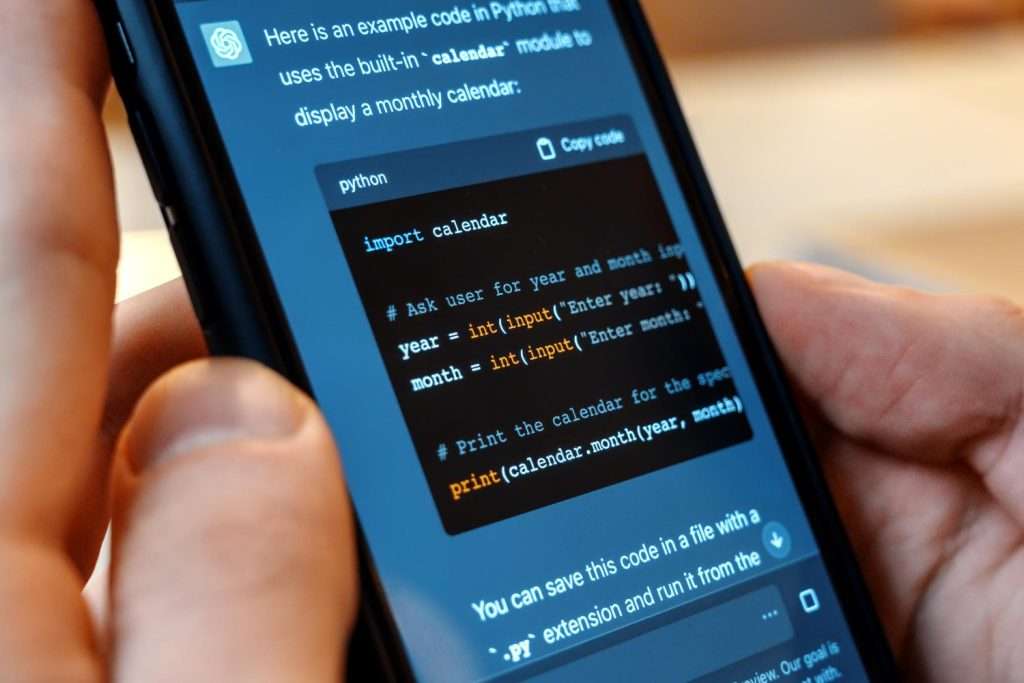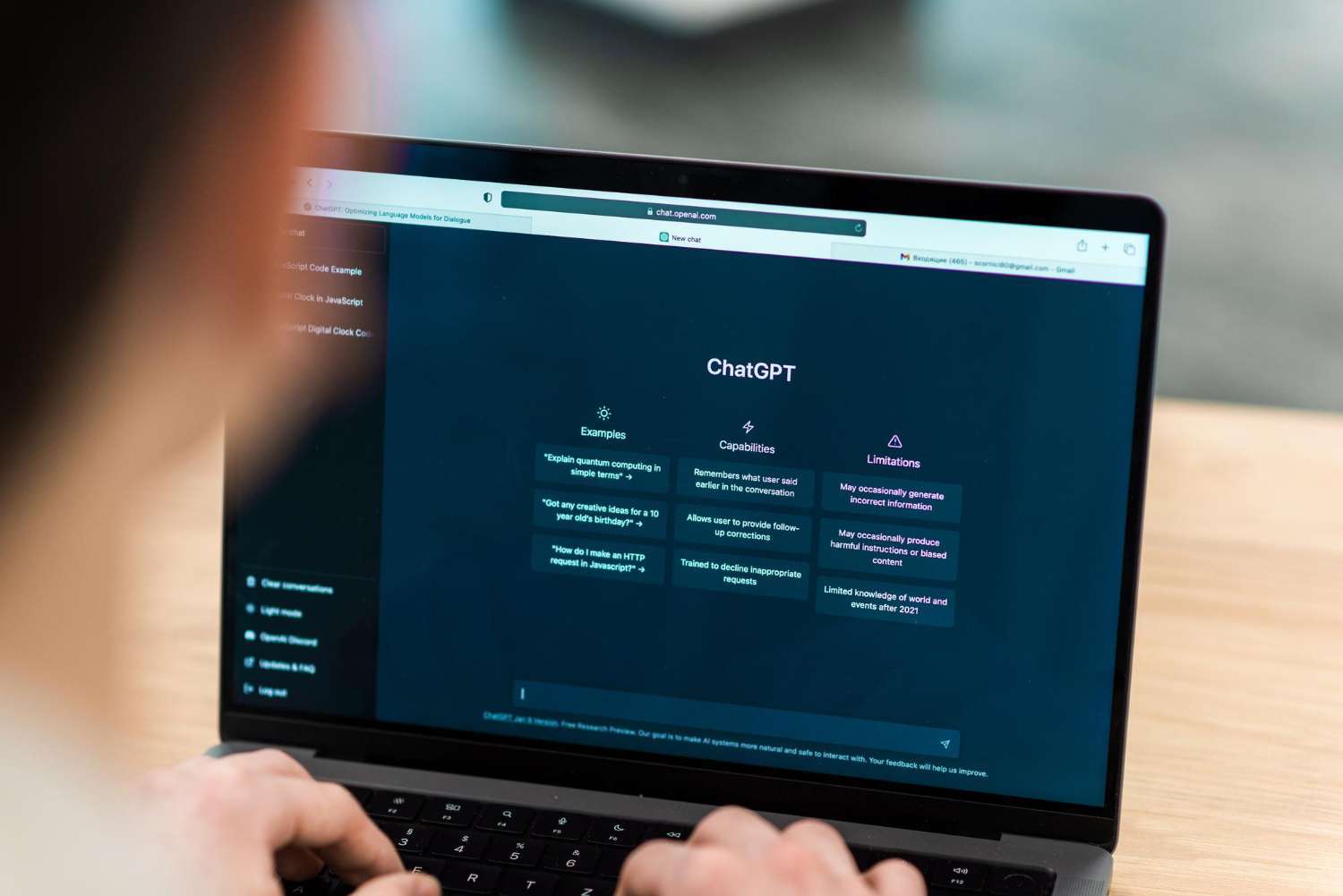The world we live in is becoming increasingly digitized. Our interactions are more frequently occurring through digital interfaces, where Artificial Intelligence (AI) plays a crucial role. One such innovative AI tool causing a stir in the tech realm is ChatGPT. This advanced chatbot, developed by OpenAI, is helping shape the landscape of generative AI, offering unique solutions to a plethora of problems ranging from content creation to data management.
If you’re looking for a more lucid understanding of this tool, you’ve landed on the right page. Through this article, you’ll get a closer view of ChatGPT, moving beyond the basics and gaining the knowledge needed to leverage this tool effectively. The broader understanding you gain will empower you to better navigate the continuously evolving landscape of AI and offer practical solutions to a range of problems.
Summary
- What is ChatGPT?
- Features and Functionalities
- Improved Versions and Added Features
- Real-life Applications
- Concerns and Challenges
What is ChatGPT?
A dexterous tool created by OpenAI, ChatGPT is named after its underlying model: Generative Pretrained Transformer. This behemoth of a language model-based chatbot stands out by employing unique methods to steer user chats, refining conversations to suit desired levels of detail, formats, styles, and languages.
Birth
The groundwork of ChatGPT was laid back on November 30, 2022, with the intent to enhance user interactions and experiences. The idea was to create a tool useful for a broad range of users and purposes, from information sourcing to acting as a sounding board.
Take, for instance, software engineering student ‘John’ who finds it significantly easier, quicker, and more efficient to obtain needed information without having to scour multiple sources. A simple interaction with ChatGPT yields desired results, saving precious time.
ChatGPT’s Technology
The underlying technology of ChatGPT involves large language models. If we take the metaphor of viewing all the text on the web, the technology can be likened to a slightly blurred JPEG. It retains much of the web’s information, simultaneously leading to some quirks, such as plausible yet incorrect answers. This phenomenon, aptly coined as ‘hallucination’, is not uncommon in such large language models.
The development and training employed both supervised learning and human trainers to improve the model’s performance. In the supervised learning process, human trainers played dual roles, that of the user and the AI assistant, leading to more refined outcomes.
User Perceptions and Usage
ChatGPT’s vast user base enjoys the tool’s simplicity, quick response, and compatibility across platforms. Its widely appreciated design even incorporates accessibility features for visually impaired users.
Audrey, an R&D manager from a startup in Silicon Valley, praised the tool for its quick information retrieval perk but pointed out that the desktop interface could use improvements for better user experience.
Revenue Model
Starting as a research preview, ChatGPT later transitioned to a freemium model in response to its growing popularity. Free tier users get access to the GPT-3.5-based version, while the more advanced version—with priority access to newer features—is availed to paid subscribers.
In February 2023, OpenAI launched a premium service, ChatGPT Plus, that costs $20 a month. This model added a cap to messages and response rate, adjusting in response to demand.
Features and Functionalities
ChatGPT is equipped with an array of features that make it versatile and adaptable to the user’s needs. From analyzing musical preferences to performing data analysis, it offers more than a simple chat experience.
Distinct Traits
A defining feature of ChatGPT is its ability to remember previous prompts within a conversation. This enables the AI to have more coherent and natural conversations with its users.
For example, if a content creator asks ChatGPT to draft a blog outline on ‘The Impact of AI on Healthcare’, the AI will remember the context of the conversation, helping it respond in line with previous prompts, and providing a helpful outline based on a pre-existing conversation.
Feedback Mechanism
Another noteworthy feature of ChatGPT is its ability to receive feedback from its users. The AI allows users to upvote or downvote responses and also add textual feedback. This iterative process aids in refining the AI’s performance and making conversations more productive.
Consider Jamie, a product developer in London, who provided detailed feedback after a chat session. This feedback left an imprint on the system, enabling better recommendations and solutions in the future.
Policy Application
ChatGPT carries the capability to reject prompts that it deems may trespass its content policy. This adds an additional layer of security and maintains appropriate usage standards on the platform.
When a user potentially inquired about creating harmful substances, ChatGPT refused to provide information, demonstrating the model’s strict safety guidelines.
Tailored User Experience
ChatGPT also lets its users dictate the rules when it comes to the type of therapeutic techniques used, even allowing for calling out on illogical conversations, and tailoring responses to specific user needs.
An example scenario is a user undergoing stress escalation, who could specifically request the AI to use cognitive behavioral therapy techniques within the responses. This personalizes the user’s conversation and adds value to their interaction with ChatGPT.

Improved Versions and Added Features
OpenAI has been regularly upgrading the ChatGPT model, enhancing its capabilities, and integrating new functionalities to keep up with evolving user needs.
From GPT-3.5 to GPT-4
On March 14, 2023, the release of GPT-4 marked another milestone, making it available via APIs and to premium users. Observers hailed it as an impressive improvement on the existing GPT-3.5 model.
GPT-4 saw significant praise for generating impressively detailed and human-like text. Straw polls and experts alike called it the best artificial intelligence chatbot ever released to the public due to its sharp relevance and contextual understanding.
Code Interpreter plugin
Improving on its previous versions, a proprietary Code Interpreter plugin was made accessible to all subscribers of ChatGPT Plus in July 2023. From instant data formatting to creative solutions and video editing, it expanded the AI’s capabilities drastically.
A tech company in Bangalore leveraged this for instant data formatting, simplifying data analysis, and interpretation tasks for their analytics team. This provided them with time-effective solutions, helping them focus their resources on strategic decisions.
Capabilities in Robotics
In February 2023, Microsoft showcased an experimental demonstration of how it could use ChatGPT to control robotics with intuitive open-ended natural language commands. This demonstration opens up a whole new field for exploring the applicability of ChatGPT.
A New York-based firm specializing in robotics has since been using the natural language command feature, making its interface more user-friendly. This has improved the accessibility and adaptability of their software drastically, making it easier for their team, even those with less technical knowledge, to operate complex sequences.
Concerns and Challenges
Like every breakthrough technology, ChatGPT too faces its share of challenges and criticisms. Some of the issues range from ethical considerations to allegations of factual inaccuracy and potential misuse.
Bias and False Information
ChatGPT has faced criticism for giving outputs that individuals or groups might find disagreeable. Accusations of political bias are not uncommon, with scholars and commentators claiming that the AI leans towards certain political ideologies.
In response, OpenAI acknowledged plans to allow the AI to create outputs that others might strongly disagree with. They are, however, committed to making improvements, and the next generation of ChatGPT can be expected to be more nuanced and balanced.
Misinformation and Censorship
The model was also questioned for generating text that was factually ambiguous, leading to bans on certain platforms. While OpenAI is working to reduce the occurrence of such ‘hallucinations’, the challenge to do so without compromising on the model’s generative ability is significant.
The Q&A website, Stack Overflow, banned ChatGPT, citing concerns about the factual accuracy of its answers. Similarly, the International Conference on Machine Learning also banned any undocumented use of ChatGPT or other large language models to generate text in submitted papers.
Improper Usage and Regulation
Last but not least are the concerns about misutilization of the technology. Questions about the tool dispensing inappropriate content, especially to minors, resulted in temporary bans in certain regions. This raises larger questions about the adaptation of AI technologies to local laws and standards.
The Italian data protection authority temporarily banned ChatGPT over concerns it was exposing minors to inappropriate content. However, this was lifted when OpenAI confirmed it addressed the issues raised.
Conclusion
ChatGPT’s journey maps an interesting progression in the field of AI. Starting from a simple chatbot, it expanded its capabilities to meet the needs of an array of users and developed into a tool offering comprehensive solutions to complex scenarios. However, challenges have appeared alongside its successes, pushing the technology to evolve continually.
OpenAI’s consistent efforts to refine and improve ChatGPT have proven fruitful thus far, with the model seeing widespread adoption and use across varied sectors. While concerns about its misuse and biases prevail, OpenAI’s active responses and preventive measures hold promise for the future.
ChatGPT’s intriguing progression, its sophisticated capabilities, the way users embraced it, and its consistent evolution all underscore a broader lesson: Embracing the art of change and learning from the lessons of the past will be key to leveraging this technology in the most beneficial ways in the journey of AI, filled with possibilities and challenges.
- The Agentic Startup Manifesto - June 8, 2025
- Remote Hiring in 2025 - April 5, 2025
- Burnout in Remote Teams: How It’s Draining Your Profits - January 27, 2025
